Archives
- 2025-12
- 2025-11
- 2025-10
- 2025-09
- 2025-03
- 2025-02
- 2025-01
- 2024-12
- 2024-11
- 2024-10
- 2024-09
- 2024-08
- 2024-07
- 2024-06
- 2024-05
- 2024-04
- 2024-03
- 2024-02
- 2024-01
- 2023-12
- 2023-11
- 2023-10
- 2023-09
- 2023-08
- 2023-07
- 2023-06
- 2023-05
- 2023-04
- 2023-03
- 2023-02
- 2023-01
- 2022-12
- 2022-11
- 2022-10
- 2022-09
- 2022-08
- 2022-07
- 2022-06
- 2022-05
- 2022-04
- 2022-03
- 2022-02
- 2022-01
- 2021-12
- 2021-11
- 2021-10
- 2021-09
- 2021-08
- 2021-07
- 2021-06
- 2021-05
- 2021-04
- 2021-03
- 2021-02
- 2021-01
- 2020-12
- 2020-11
- 2020-10
- 2020-09
- 2020-08
- 2020-07
- 2020-06
- 2020-05
- 2020-04
- 2020-03
- 2020-02
- 2020-01
- 2019-12
- 2019-11
- 2019-10
- 2019-09
- 2019-08
- 2019-07
- 2019-06
- 2019-05
- 2019-04
- 2018-07
-
N Alkylated quinolinium dyes are the common fluorescence
2022-01-17
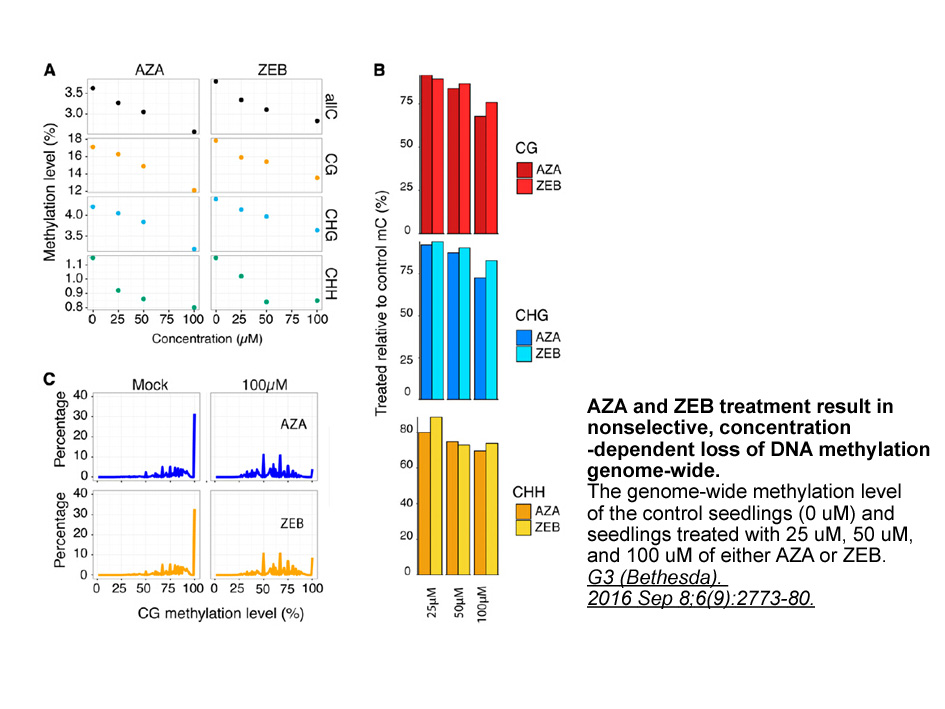
N-Alkylated quinolinium dyes are the common fluorescence molecules used in fluorescence sensing and cell imaging because of their attractive optical properties as well as high DNA binding affinities.13, 14, 15, 16, 17, 18, 19, 20 Moreover, the quinolinium moiety usually plays the role of donor in va
-
To understand the impact of
2022-01-17
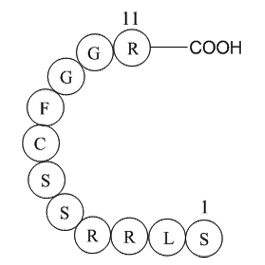
To understand the impact of alterations in CHC australia zinc homeostasis, the role of Zn2+ as a neurotransmitter has to be appreciated. Certain regions of the brain including the neocortex and hippocampus harbour so-called “zincergic” (or “gluzinergic”) neurons, where Zn2+ is co-released with gluta
-
Earlier we have showed that tumor associated
2022-01-17
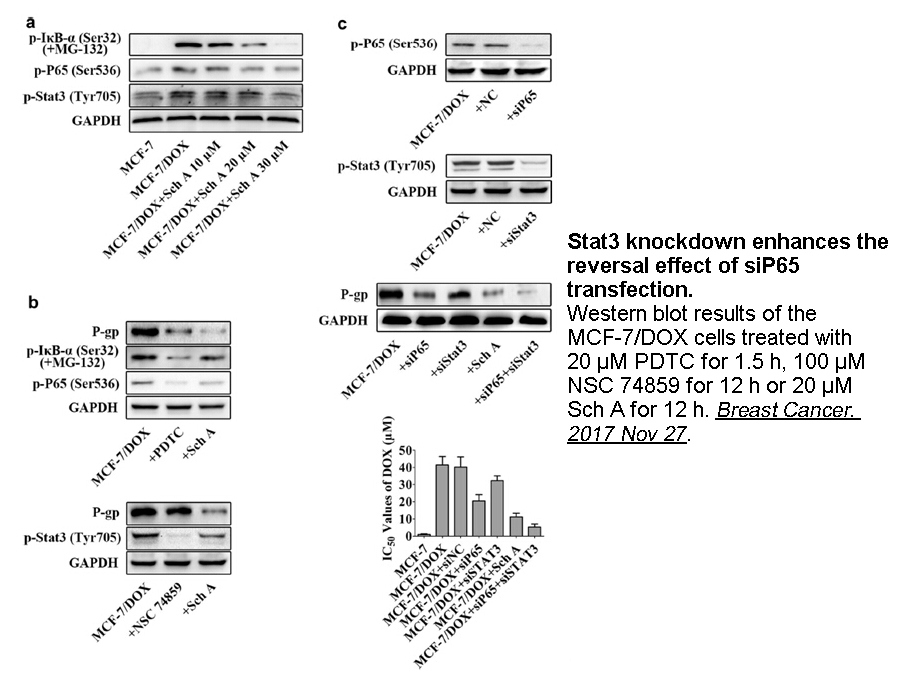
Earlier we have showed that tumor associated sFas mRNA isoform profile and splicing factors expression levels in solid tumors do not correspond to profiles that are observed in cell lines [45]. In the present study, for the first time we show that Fas but not Rac1 pre-mRNA's alternative splicing is
-
Netilmicin Sulfate br Introduction Nasopharyngeal carcinoma
2022-01-15
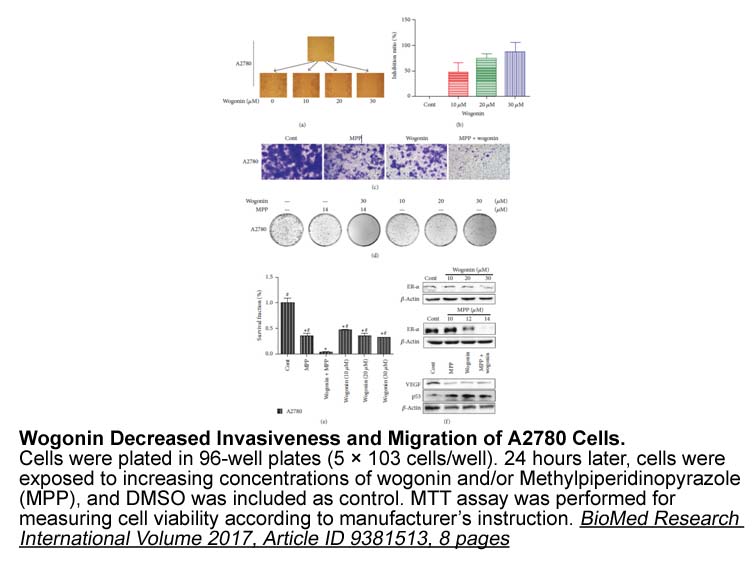
Introduction Nasopharyngeal carcinoma (NPC) is a head and neck epithelial malignancy with high prevalence in southern China, southeast Asia, and northern Africa [1,2]. NPC is caused by a combination of factors: infection with Epstein-Barr virus (EBV), environmental influences, and heredity [3]. A
-
br Material and methods br Results br Discussion It
2022-01-15
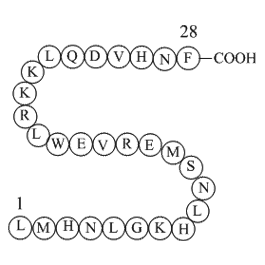
Material and methods Results Discussion It is challenging to discriminate between HIV monoinfection and HIV-1/2 dual infection in settings where both viruses co-exist, due to cross-reactivity in serological tests. Thus, the gold standard for detection of HIV-1/2 dual infection is through NA
-
The hyperacetylation of histone proteins by HATs is known
2022-01-15
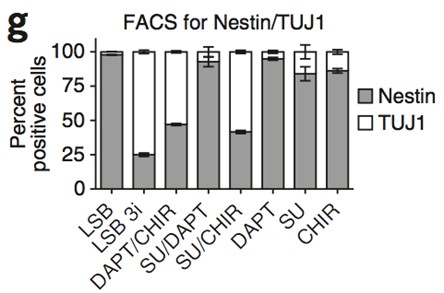
The hyperacetylation of histone proteins by HATs is known to be associated with gene activation [51]. In particular, p300, which is a transcription factor having HAT activity, links activators to the transcription machinery at promoters [52]. The p300/CBP complex dynamically regulates hundreds of di
-
Unlike many interacting proteins NRG was
2022-01-15
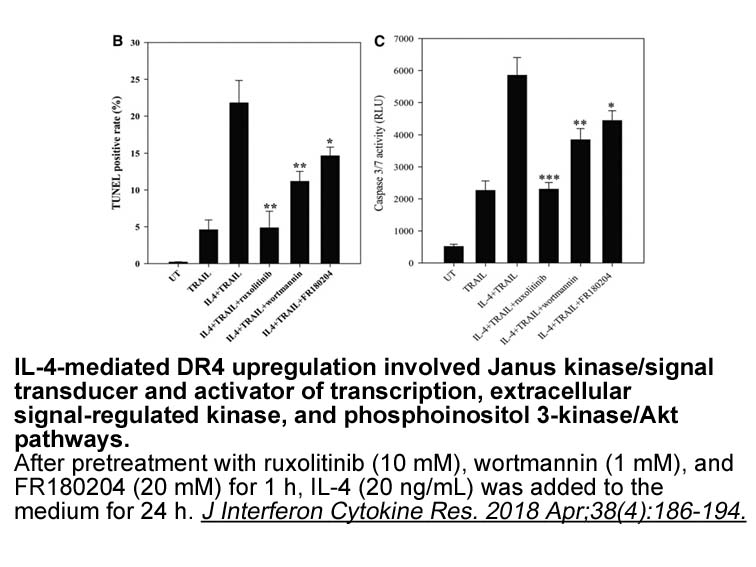
Unlike many interacting proteins, NRG1 was the only one observed to undergo cleavage by NS3/4A. NRG1 is one of four proteins in the neuregulin family that act on the ErbB member of the EGFR (EGF receptor) family. NRG1 has several isoforms produced by alternative splicing of pro-NRG1, which allows it
-
In plants NO production is
2022-01-15
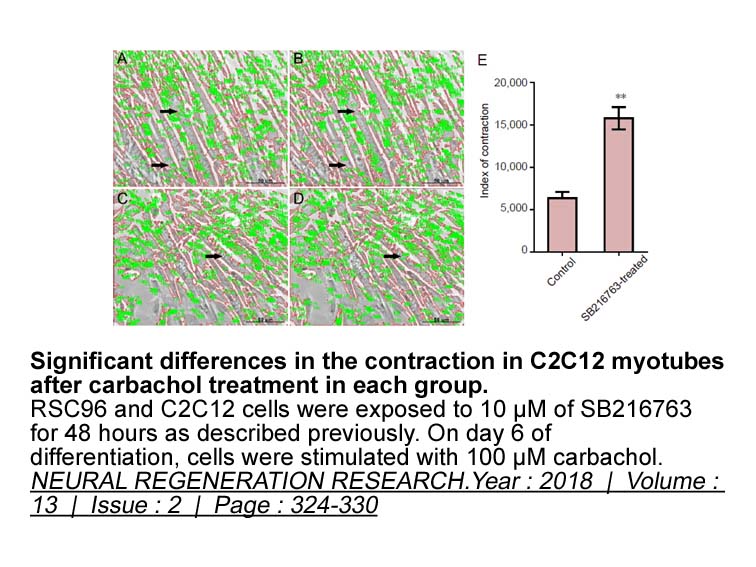
In plants, NO production is one of the early responses to stress (Tossi, Lamattina, & Cassia, 2009). Usually, NO signal transduction requires the involvement of downstream signaling compounds. We further investigated the effects of cGMP on GSK-3 expression. The data showed that LY83583 (a cGMP inhib
-
New follicular wave emergence is associated closely with the
2022-01-15
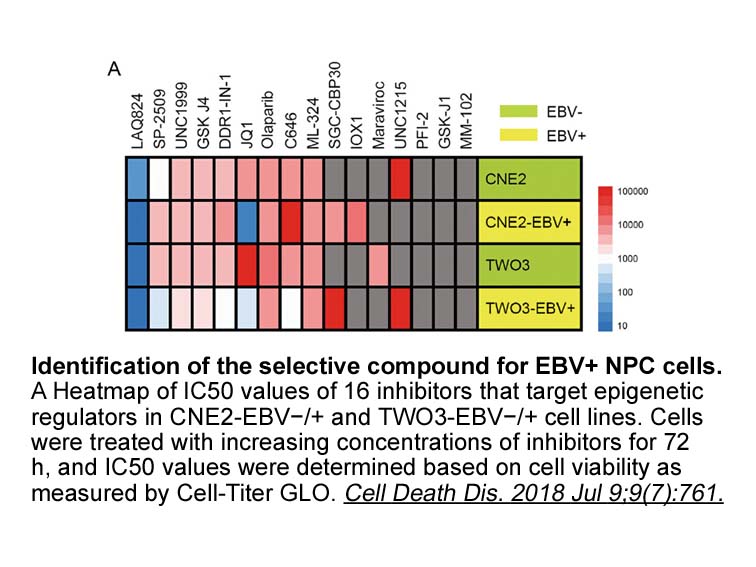
New follicular wave emergence is associated closely with the stage of the estrous GS-1101 (Sirois and Fortune, 1988). As indicated by results from the present experiment, cows that had regression of the largest follicle on Day 0 of treatment onset had follicle wave characteristics that were consist
-
New follicular wave emergence is associated closely with the
2022-01-15
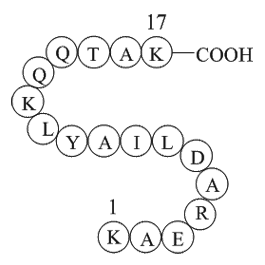
New follicular wave emergence is associated closely with the stage of the estrous p2x receptors (Sirois and Fortune, 1988). As indicated by results from the present experiment, cows that had regression of the largest follicle on Day 0 of treatment onset had follicle wave characteristics that were c
-
br AUTHOR CONTRIBUTIONS br ACKNOWLEDGMENTS br Introduction C
2022-01-15
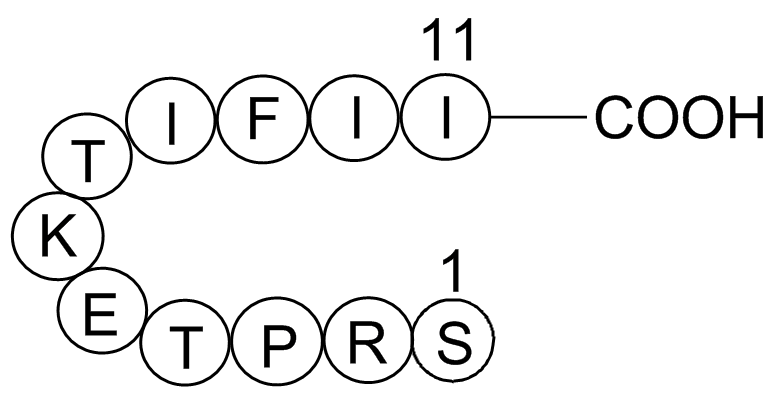
AUTHOR CONTRIBUTIONS ACKNOWLEDGMENTS Introduction Chronic neuropathic pain is a common symptom in patients with human immunodeficiency virus (HIV)-1 infection. Glycoprotein 120 (gp120) is an HIV-1 protein that can cause pain behaviors in animal models (Hao, 2013, Nasirinezhad et al., 2015,
-
br Conclusions In summary we have
2022-01-15
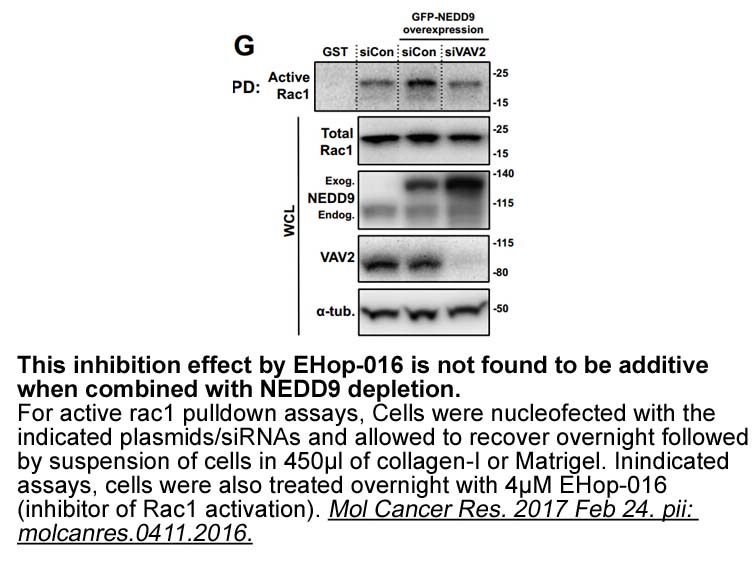
Conclusions In summary, we have designed an ultrasensitive electrochemical assay for hOGG1 based on a ratiometric strategy and HCR assisted amplification. The hOGG1 can specifically identify 8-oxo G site on the DNA probes modified on the electrode surface. The subsequent cleavage reaction trigger
-
br Materials and methods br Results br
2022-01-15
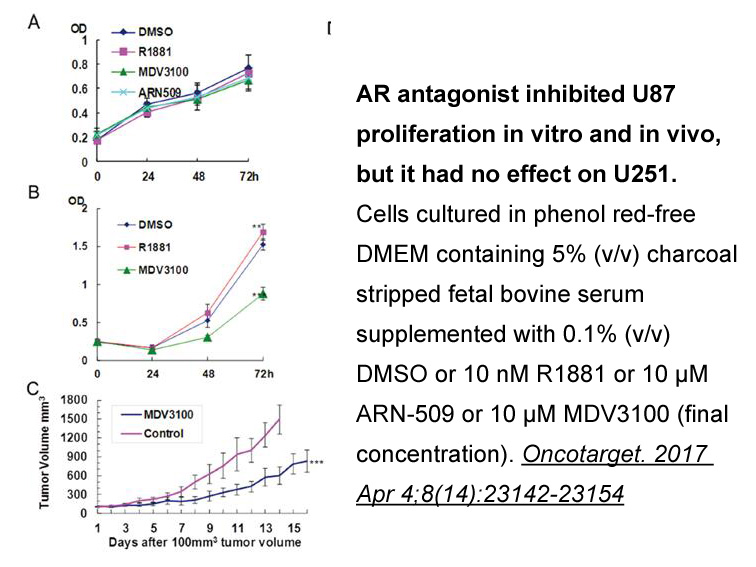
Materials and methods Results Discussion Although large-scale purification of homogeneous and functional membrane proteins is challenging, it is essential for biochemical, biophysical and structural characterization. This is particularly true for human P-gp, as its atomic structure has only
-
Because AM had limited efficacy on
2022-01-15
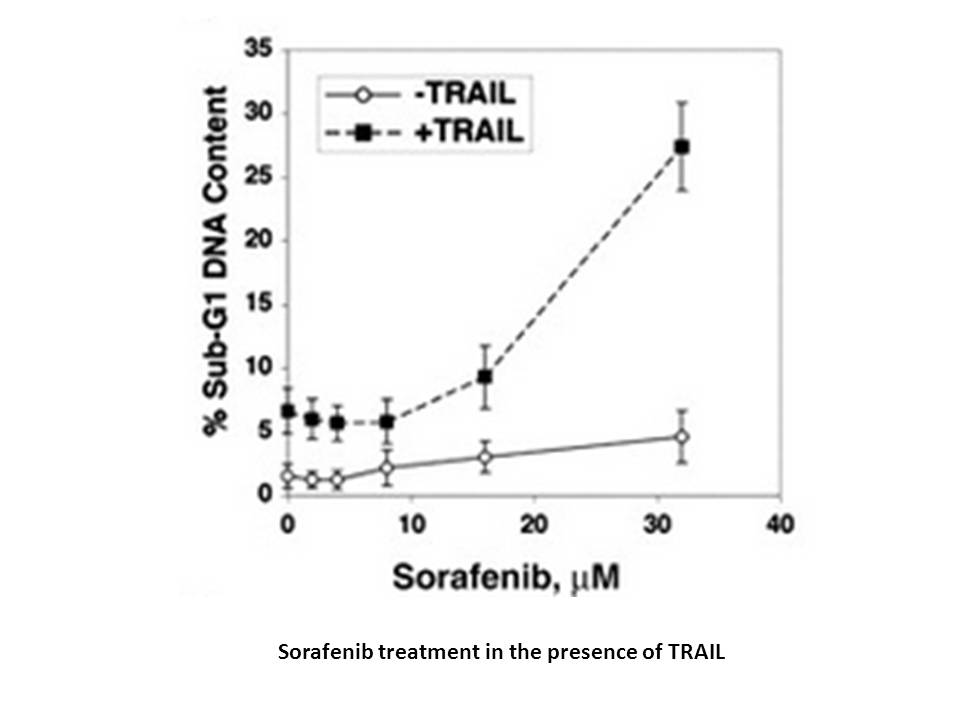
Because (AM-3189) had limited efficacy on rodent GPR40, we used two rodent models expressing human GPR40 to demonstrate efficacy of (AM-3189). First, we used human islet transplanted nude mice. In this model, endogenous pancreatic β-cells were ablated using streptozotocin, and mice were rescued to
-
As a part of our
2022-01-15
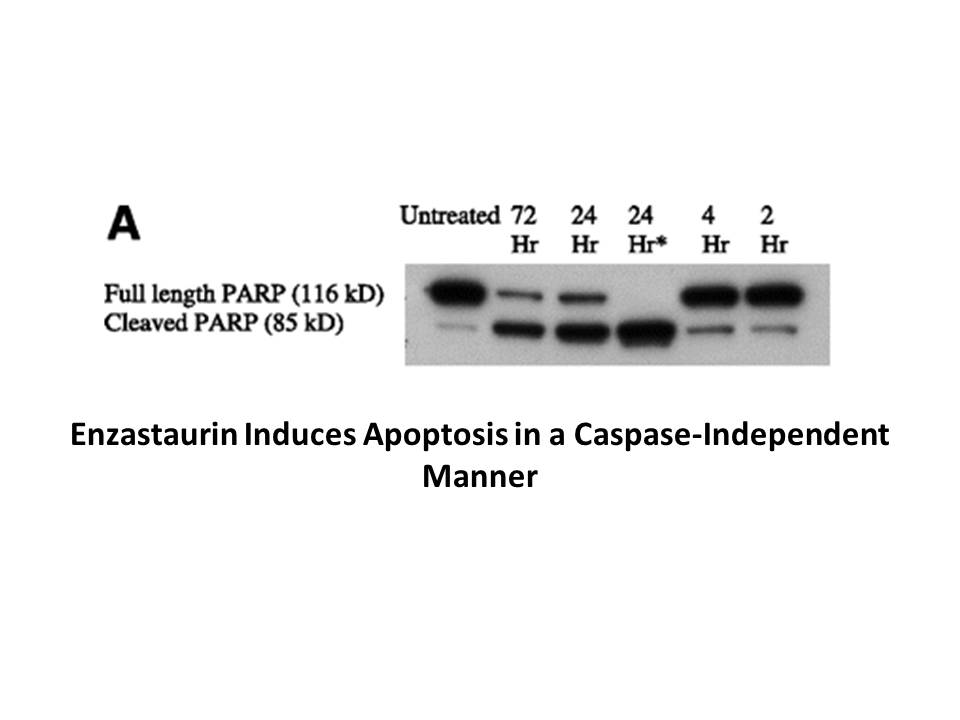
As a part of our continuing efforts towards discovery of new class of compounds against different therapeutic areas and based on the literature reports, we designed a dual pharmacophore which possess a long aliphatic chain of free fatty acids and a phenyl propanoid part of known GPR40 agonists. Here
16230 records 540/1082 page Previous Next First page 上5页 536537538539540 下5页 Last page